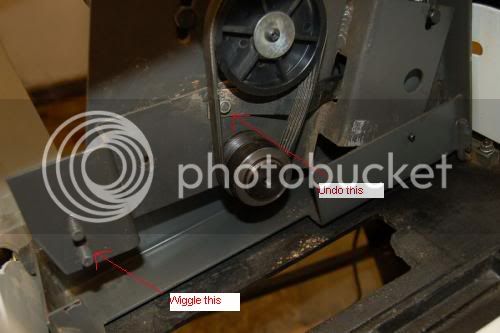jimi43
Established Member
Well I think you are doing really well considering the design constraints that you are encountering.
I was looking at the Scheppach again today and thinking further about the dust issue. I think that keeping dust away from moving parts is a major consideration...especially since they tend to be at the very limit of their designed functionality with no dust onboard!
I am wondering if sealing of these sections with perspex might be an option. Or at least deflecting the offending dust flow - like a thin rubber curtain maybe?
This makes a very interesting topic...I think on mine that the bottom hopper is probably the best solution...after all you have gravity and suction working for you and a HUGE amount of dust ends up on the floor under mine even WITH suction from the back.
More head scratching needed methinks!
I hope your taking notes so that you can tell us all how to do it at the Kent Bash!!! :wink:
Jim
I was looking at the Scheppach again today and thinking further about the dust issue. I think that keeping dust away from moving parts is a major consideration...especially since they tend to be at the very limit of their designed functionality with no dust onboard!
I am wondering if sealing of these sections with perspex might be an option. Or at least deflecting the offending dust flow - like a thin rubber curtain maybe?
This makes a very interesting topic...I think on mine that the bottom hopper is probably the best solution...after all you have gravity and suction working for you and a HUGE amount of dust ends up on the floor under mine even WITH suction from the back.
More head scratching needed methinks!
I hope your taking notes so that you can tell us all how to do it at the Kent Bash!!! :wink:
Jim






































